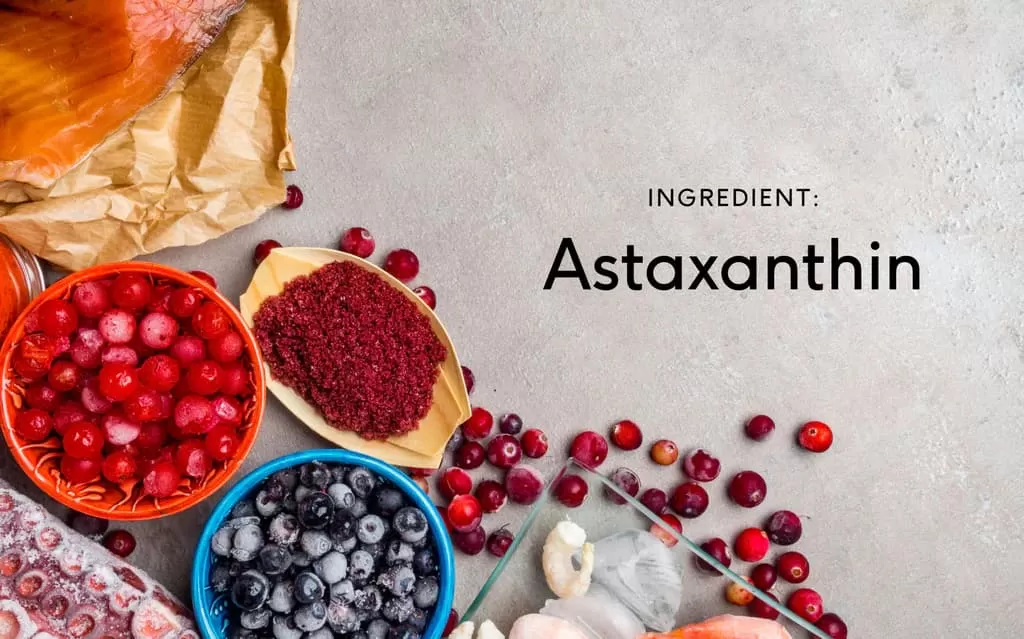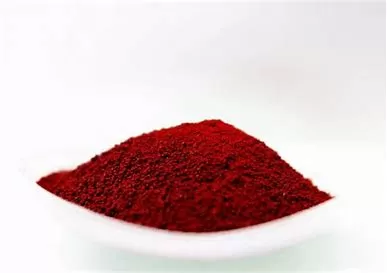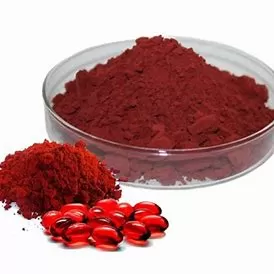- 0086-571-85302990
- sales@greenskybio.com
Why is astaxanthin so expensive?
2025-05-30
Astaxanthin is regarded as one of the most potent antioxidants in the health supplement market, gaining significant attention for its potential benefits in promoting skin health, eye health, cardiovascular health, and enhancing exercise performance and recovery. Despite its myriad health benefits, the cost of Astaxanthin supplements often raises questions among consumers—why is Astaxanthin so expensive? This article will explore the factors contributing to the high price of astaxanthin, including its production processes, natural sources, demand in the market, and scientific research backing its benefits.
Natural Sources and Extraction
Astaxanthin is a naturally occurring carotenoid pigment that gives salmon, shrimp, krill, and flamingos their pink or red color. One of the primary sources of astaxanthin for supplementation is the microalgae Haematococcus pluvialis, which is known for having the highest concentration of astaxanthin in nature. Extracting astaxanthin from these sources is a complex and costly process.
Cultivating microalgae is resource-intensive, requiring controlled environmental conditions, specialized equipment, and significant time investments to achieve optimal yields. The extraction process involves multiple stages, including harvesting the microalgae, drying, cell disruption, and supercritical CO2 extraction, which ensures that the purity and potency of astaxanthin are preserved. The combination of these steps contributes to the overall cost, since each phase demands specific technology, compliance with stringent quality control, and skilled personnel.
Additionally, producing natural astaxanthin is preferred over synthetic alternatives, which are derived from petrochemicals and may not offer the same health benefits. Natural astaxanthin is believed to be more effective than synthetic forms, but this preference for natural sources adds to the production costs due to its more complicated and resource-intensive extraction process.
Quality Assurance and Potency
Ensuring the quality and potency of astaxanthin supplements is paramount for manufacturers, which also influences the price. The concentration of astaxanthin required for therapeutic effects means that manufacturers must guarantee a high level of purity and consistent potency in their products. Rigorous testing and quality assurance protocols are implemented to comply with international standards, ensuring that supplements are free from contaminants and meet the specified nutrient composition.
Each batch of astaxanthin supplements undergoes these quality checks. These procedures add significant operational costs to the manufacturing process, as they require advanced technology, specialized testing facilities, and adherence to regulatory compliance, all contributing factors to the final retail price.
Market Demand and Exclusivity
The demand for astaxanthin has surged over recent years due to growing awareness about its health benefits and its inclusion in beauty and wellness regimens. As a high-demand antioxidant, it is often marketed for its superior ability to combat oxidative stress and inflammation, properties that appeal to both health enthusiasts and those seeking anti-aging solutions.
Market exclusivity plays a role in driving up prices. Astaxanthin is not as widely produced as other antioxidants like vitamin C or vitamin E, and there are fewer producers with the expertise to cultivate, extract, and manufacture astaxanthin supplements. This limited supply, coupled with rising demand, naturally leads to higher prices. Additionally, patents or proprietary cultivation and extraction techniques can restrict the number of producers, contributing to product exclusivity and increased pricing.
Scientific Research and Development Costs
The cost of astaxanthin is also influenced by investments in scientific research and development. The extensive body of research supporting astaxanthin’s health benefits involves significant funding. Manufacturers investing in clinical trials and scientific investigations need to recoup these costs, which often results in higher product prices. These investments are essential as they provide empirical evidence to validate health claims, differentiate products in a competitive market, and guide dosing recommendations for efficacy.
Consumer education and marketing efforts stemming from research contributions further increase operational costs but enhance consumer understanding of astaxanthin's benefits. This consumer awareness can boost demand, contributing to price elevations.
The Complexity of Supply Chain and Global Factors
Global supply chain dynamics impact pricing through the cost of transportation, distribution, and raw materials. Fluctuations in fuel prices, tariffs, and international trade policies affect the cost of bringing astaxanthin supplements to market. Additionally, producing supplementary products with sustainable practices and certifications, such as non-GMO, vegan, or organic, can be more expensive, thereby influencing the retail price.
Conclusion: Understanding the Cost of Astaxanthin
Ultimately, the high cost of astaxanthin supplements reflects the intricate interplay between natural extraction processes, stringent quality assurance measures, robust scientific research, and market dynamics. While expensive, the price of astaxanthin is a testament to its complexity and commitment to ensuring purity, potency, and efficacy. As consumers seek out potent antioxidants for health maintenance and disease prevention, understanding these contributing factors can help in making informed choices about incorporating astaxanthin into their wellness routine while being cognizant of its quality and value.
-
Does astaxanthin affect sleep?
2025-05-30
-
Which food has the highest astaxanthin?
2025-05-30
-
What are the benefits of astaxanthin?
2025-05-30
-
What is astaxanthin made from?
2025-05-30














